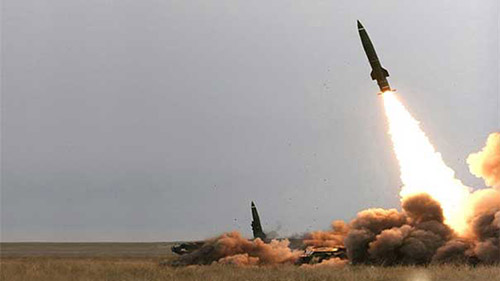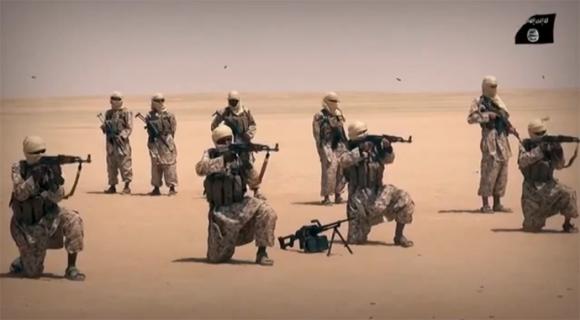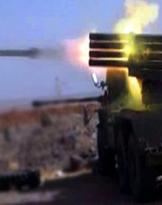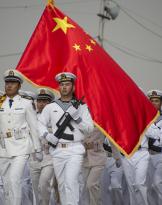Let's go back to Yemen, where the war is rampant. Various sources confirm that the Saudi-led Arab coalition would be in serious trouble and would continue to lose ground south of the capital San'a, currently in the hands of the faithful of former Shiite President Saleh.
The Yemeni local press confirms the launch of another Qahir-1 against the Saudi air base of Beir Al-Mizariq, located in the Al Jawf region, on the border with Arabia. The launch would have caused enormous damage and numerous deaths among soldiers and mercenaries of Riad.
The Qahir-1 is a Russian SAM 2 transformed into a surface / surface missile and modified to reach a range of 250 km. In December 2015 the targeting of anti-government Yemenis against the pan-Arab forces led by Riyadh would become a habit with deadly results.
While the local press continues to provide very high numbers of civilian deaths caused by the indiscriminate bombing of the Saudi royal forces, the rebel militias continue to advance south towards Taiz Hout, allies of Saleh in anti-Sunni and anti-Hadi role.
Given the progress of the war that is costing Saudi Arabia as well as in men and means also in terms of military credibility, the most important news from the geopolitical point of view is the military alliance between AQAP, Al Qaeda in the Arabian peninsula, and Sunni forces loyal to President Hadi. The BBC would have confirmed.
The news takes on an enormous weight because apparently it shifts the military and political balance inside Yemen to the confessional level: Shiites (faithful of Saleh and Houti militiamen) on the one hand entrenched in San'a and in the west of the country; Sunnis (faithful of Hadi and Arab Saudi-led coalition) on the other.

Two data emerge:
- the increasing leadership of Riyadh among the Sunnis not only in the Middle East
- the connection between Sunni jihadism and armed forces of Arab countries
With regard to the first point, Defense Online for months has been investigating issues that highlight the geopolitical growth of Saudi Arabia and its ever-increasing political and military aggressiveness.
The second datum is instead more disturbing and although not entirely new, it represents the real great threat not only for the Near East.
Experiences of connections between Saudis and Sunni jhadists are already widely proven in Syria. Several times we talked about interactions not only with Al Nusra, Jaysh al-Islām, Ahrar ash-Sham, Jaysh Al-Fatah but even with the Islamic State.
The novelty is Al Qaeda (its subgroup Ansar al Sharia to be precise) that in Yemen it is still very strong, to the point that it can aspire to administer an entire region (Taiz).
It must be said that the religious guidelines are changing the order of many alliances in the Middle East. Just think about the popularity of Hezbollah, for years considered the Arab bulwark against Israel even by Sunni Muslims, has fallen noticeably among the Sunnis since the support to the Assad (Shiite) government in the Syrian war became macroscopic.
Equally evident, however, is the doubt that faith remains a tinsel behind which political interests intertwine: the same instrumental alliance between Yemeni troops loyal to Saleh and militias Hout it shows, after years of rivalry and repression.
However, it remains to understand what the Saudi design and the other Arab countries are in the alliance with Al Qaeda. A common enemy does not seem a sufficient reason. The reflections of a blind policy this time, could have reflections on a very large scale.
(Photo: Althawra)












